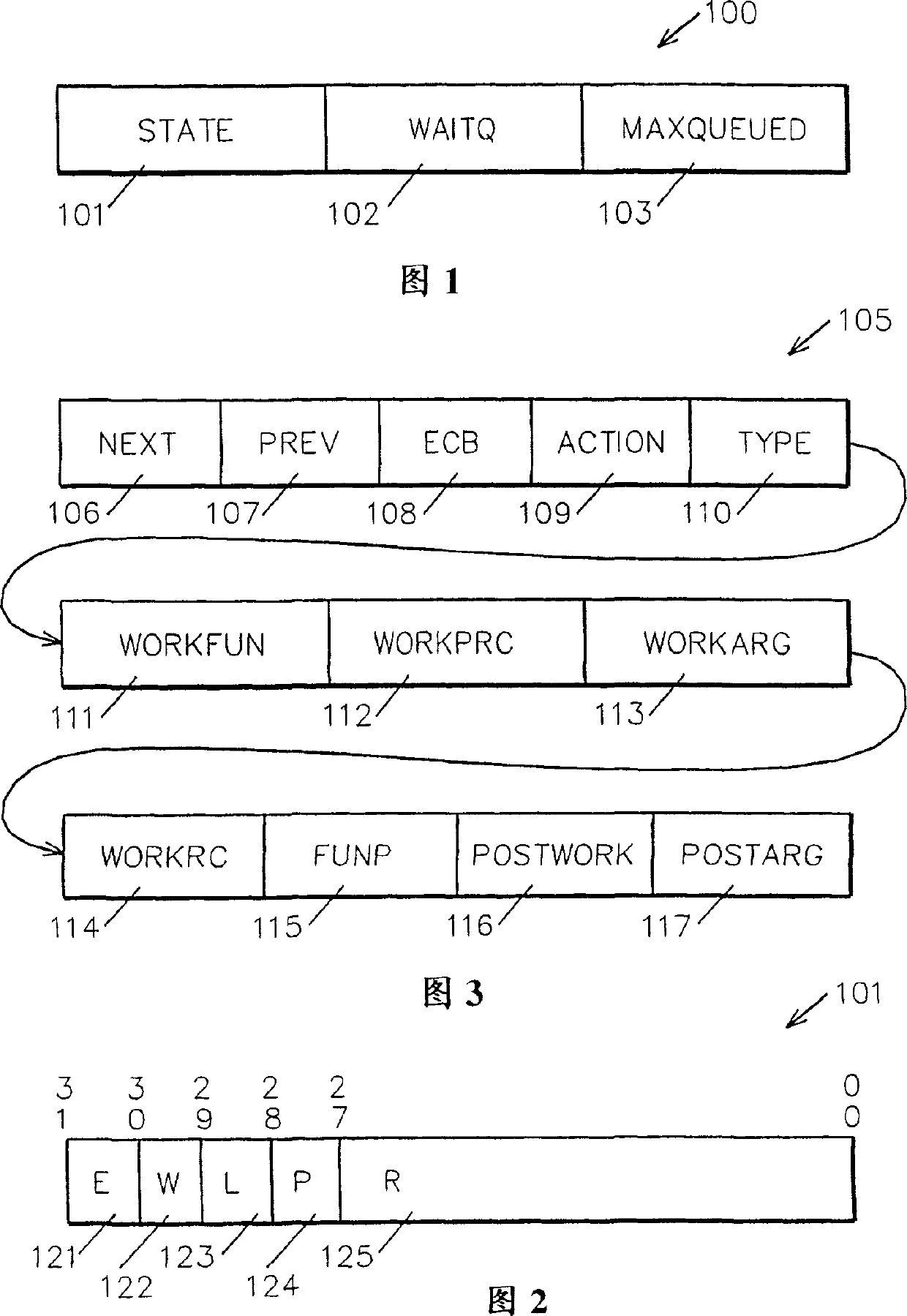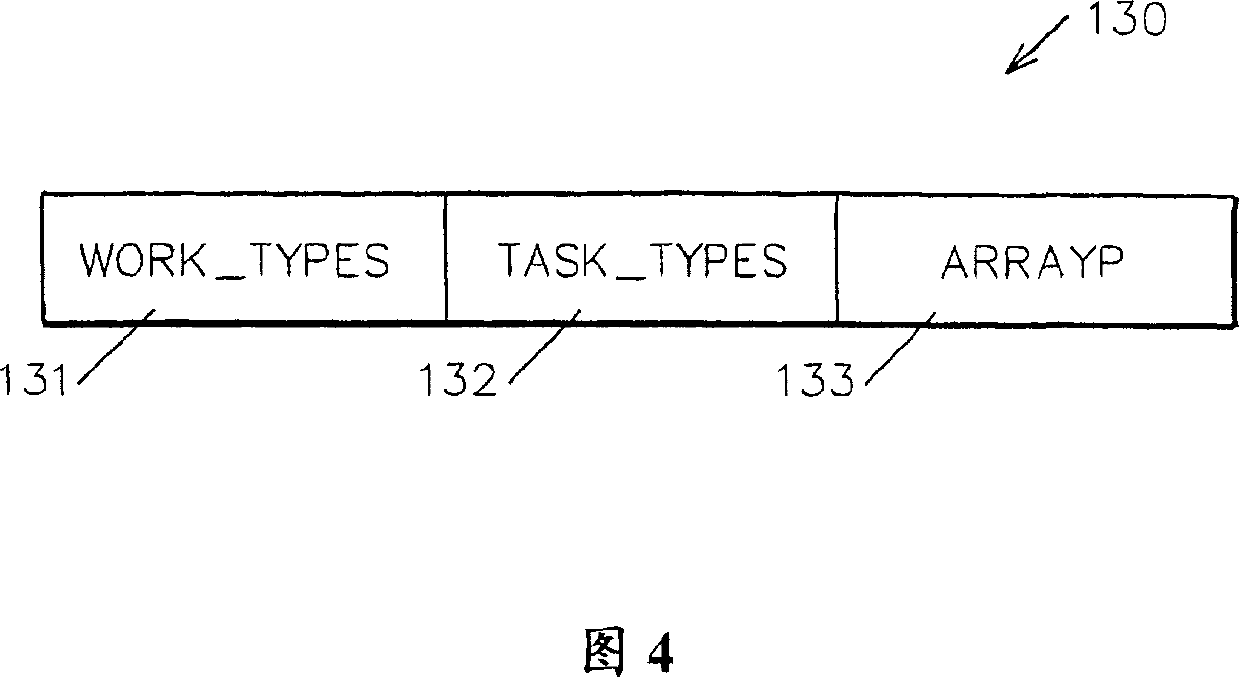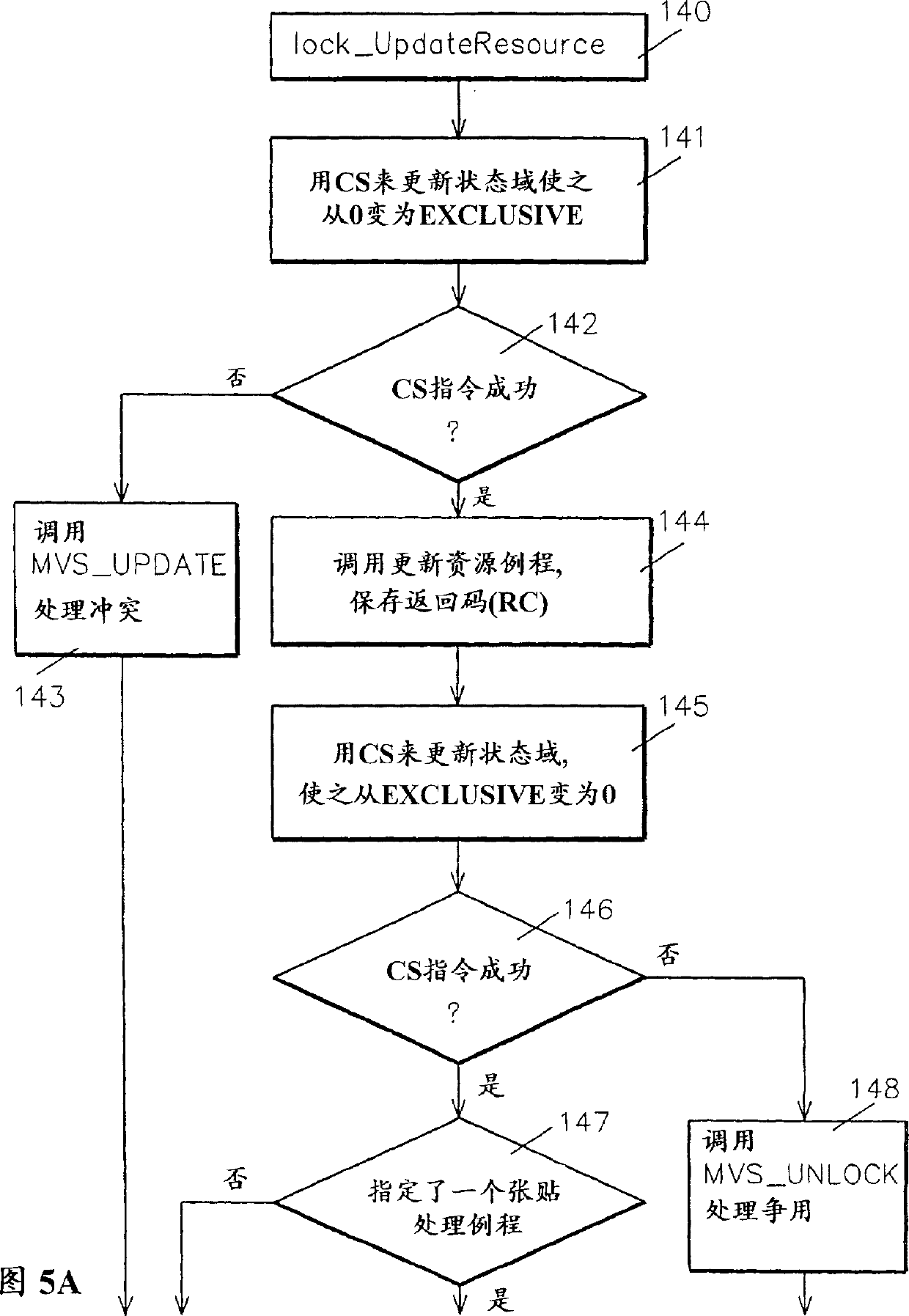Interface system and method for asynchronous refresh sharing resource
A technology for interfacing systems and resources, applied in the system field, and can solve problems such as system errors
- Summary
- Abstract
- Description
- Claims
- Application Information
AI Technical Summary
Problems solved by technology
Method used
Image
Examples
example 1
[0147] Example 1. Maintaining a list of lock waiters
[0148] As mentioned above, in a preferred embodiment, the asynchronous facility of the present invention is combined with the synchronous lock facility.
[0149] There is no design showing the synchronization lock functionality, but in a DFS / MVS environment, the lock facility uses low-level MVS operating system facilities to make tasks wait on locks. DFX is a POSIX application. If DFS encounters a procedural surprise, POSIX facilities are not designed to handle tasks waiting on these low-level OS functions (WAIT / POST). Therefore, when a program accident occurs, the DFS lock package not only arranges WAIT_ELEMENTS on the lock itself, but also in a global list, which can be used as a check, and all waiting tasks can be woken up and notified of the accident.
[0150]Referring to Fig. 9, when a task is waiting for a lock, as mentioned above, it uses the lock_or_wait routine to queue its WAIT_ELEMENT to the lock, and also add...
example 2
[0162] Example 2. Manage I / O devices occupying queues
[0163] This example relates to the system described in U.S. Patent Application (Serial No. 09 / 240,719) filed October 29, 1999 by S.T. Marcotte, System and Method for I / O Servicing Commands Issuing Application Effects of I / O Requests , assignee volume number EN998137. Marcotte describes an I / O queuing system, that is, if the number of I / Os issued to a device is greater than Max_Issued, Max_Issued is an adjustable number, which is adjusted according to the application using the I / O driver described here, the system There is an active queue on the device that is queuing delayed I / O.
[0164] Referring to FIG. 16, in this example, a hold queue 270 of aevents272, 273, 275 is provided, which is anchored by holdHead271 and HoldTail274, along with max_issued287, current_issued288 and device_lock289. Max_issued stores the maximum number of I / O operations sent to the device, and current_issued288 stores the number of I / O events a...
example 3
[0182] Example 3. Managing service thread regions with asynchronous locks
[0183] Referring to Figures 22 to 28, there is a limited task area that can service requests from client threads for work that must for one reason or another (depending on the application) run on the service thread, and the request will be Handled on a first-come, first-served basis. In this example, the client thread can either wait for the request to complete, or not wait for the request to complete (this means that the request can be either asynchronous or synchronous). There can be any number of client or server threads, depending on the application. Specifically, for example, in IBM DFS / MVS products, a user task invokes DFS to issue a file request. For various reasons these task requests cannot be run under the calling task, the service task must pick up the user file request and run it. Therefore, there is a limited area of service threads, and a certain number of user tasks (approximately e...
PUM
 Login to View More
Login to View More Abstract
Description
Claims
Application Information
 Login to View More
Login to View More - R&D
- Intellectual Property
- Life Sciences
- Materials
- Tech Scout
- Unparalleled Data Quality
- Higher Quality Content
- 60% Fewer Hallucinations
Browse by: Latest US Patents, China's latest patents, Technical Efficacy Thesaurus, Application Domain, Technology Topic, Popular Technical Reports.
© 2025 PatSnap. All rights reserved.Legal|Privacy policy|Modern Slavery Act Transparency Statement|Sitemap|About US| Contact US: help@patsnap.com



